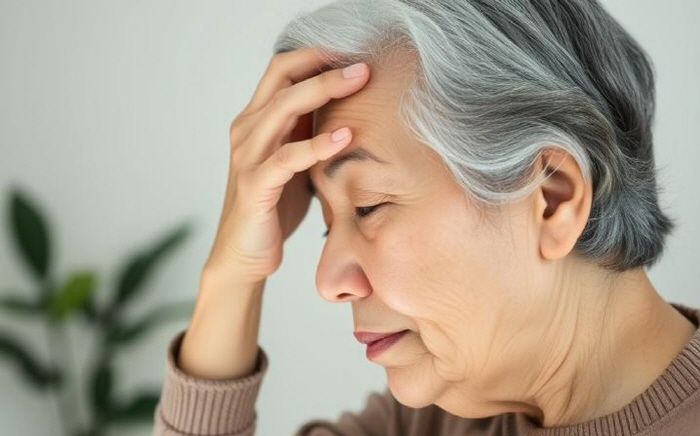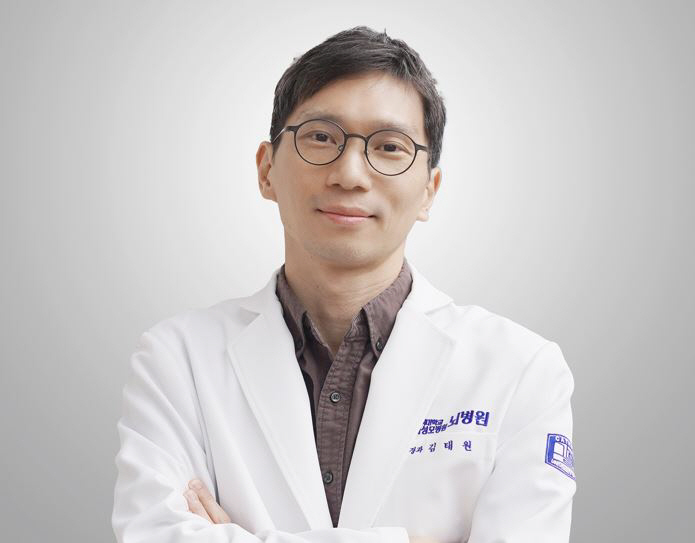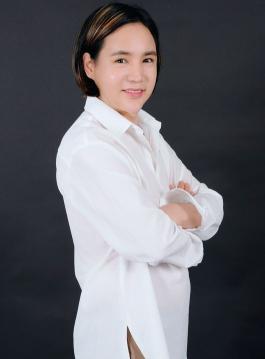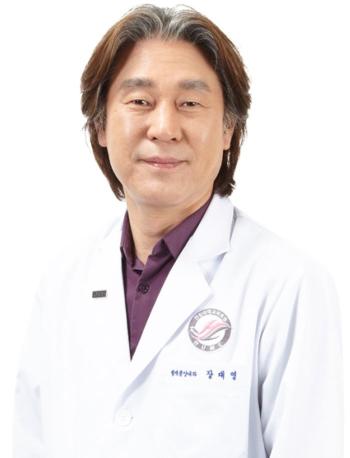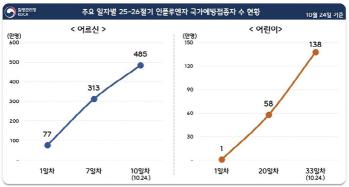Stroke in 4th place for death, life and death will be divided within 4.5 hours
Oct 28, 2025
|
According to statistics from the Health Insurance Review and Assessment Service, the number of patients who visited the hospital due to stroke increased from 607,862 in 2020 to 653,275 in 2024. In particular, the elderly aged 60 or older account for more than 80% of all patients. As aging accelerates, the incidence rate is steadily increasing.
Professor Kim Tae-won of the Department of Neurology at the Catholic University of Korea's Incheon St. Mary's Hospital emphasized, "Stroke is a disease in which blood vessels are blocked or burst, and brain cells are damaged, and the survival and recovery rate increase significantly only when treatment begins within 3-4.5 hours of symptom onset.".
Stroke is largely divided into cerebral infarction (ischemic stroke) in which blood vessels are blocked and cerebral hemorrhage (hemorrhagic stroke) in which blood vessels burst. Of these, cerebral infarction accounts for about 80% of the total. Smoking, hypertension, diabetes, hyperlipidemia, obesity, and irregular eating habits are major risk factors. In particular, in the season when the daily temperature range is large these days, blood vessels contract rapidly and blood pressure rises, increasing the risk of developing the disease.
Typical prognostic symptoms of stroke include △ hemiplegia with loss of strength or loss of sensation in one face or limb △ speech disorder with poor speech or difficulty understanding △ vision abnormalities with blurred vision or overlapping objects △ sudden dizziness or walking disorder. Even if symptoms appear briefly and then disappear, you must seek medical attention from a specialist.
Professor Kim Tae-won said, `Even though the symptoms of stroke seem to improve temporarily, damage to the cerebrovascular has already begun.' If it is passed lightly, it can lead to a major seizure within a few days, so even temporary symptoms should be immediately visited to the emergency room" he advised.
The prognosis of stroke varies completely depending on the time of treatment. If it is within 4.5 hours of symptom onset, thrombolytic agents (intravenous tPA) that dissolve blood clots can be treated. It also performs mechanical thrombectomy to penetrate blocked blood vessels.
Recently, intravascular treatment has been actively performed to remove clogged areas or block bleeding areas by inserting micro-instruments of 1mm or less through thigh blood vessels without incision of the head. This procedure can shorten the recovery period while minimizing cerebrovascular damage.
Professor Kim Tae-won emphasized that `Recently, customized treatment has become possible depending on the patient's condition and the lesion area, but the biggest factor in determining the success or failure of treatment is time.'
Stroke can be prevented with thorough management. Quitting smoking and abstaining from alcohol are basic. It is recommended to reduce salt intake and maintain a fresh vegetable and fruit-oriented diet. In addition, the elasticity of blood vessels should be maintained through steady aerobic exercise for at least 30 minutes at least three times a week.
It is also important to check blood pressure, blood sugar, and cholesterol levels regularly and correct them immediately when there is an abnormality. In particular, high blood pressure is the biggest risk factor for stroke, and some studies show that every 10mmHg lower systolic blood pressure reduces the risk of stroke by about 30%.
Professor Kim Tae-won said, `Prevention of stroke begins with normal lifestyle management, not with special methods.' `Regular exercise, abstinence, blood pressure, and blood sugar management alone can reduce the risk of developing disease by less than half.'
|
This article was translated by Naver AI translator.
